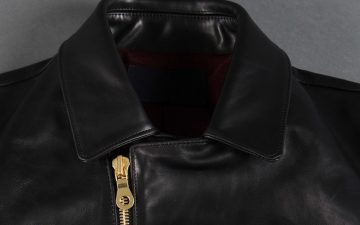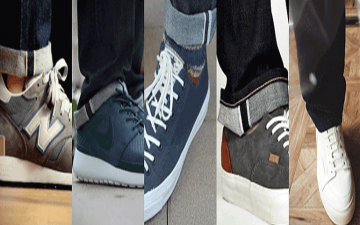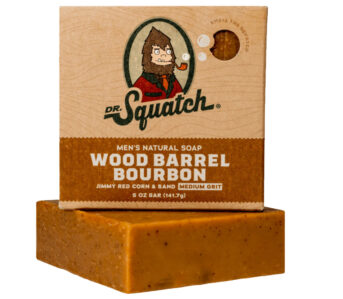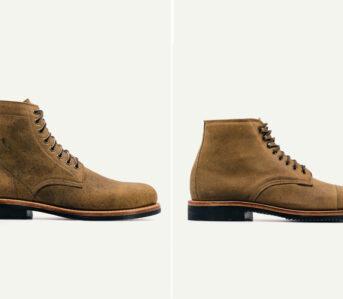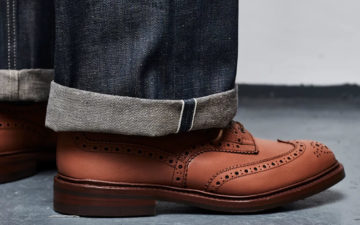Sneakers are often a gateway into quality clothing — wanting better sneakers leads can lead you to seek better jeans or chinos to pair with them, and then the floodgates are open. That’s certainly one way I got into this niche, anyway. After wearing Vans authentics for years, I turned to Nike Air Max for high comfort levels and a new style, which then gave rise to my first exposure to the streetwear culture that cherished raw denim as the perfect pairing for hype sneakers. The rest is history.
Today, the sneaker economy is still absolutely booming. New Balance, Nike, and Adidas absolutely rule the roost in a market full of comparable styles. This means finding a sneaker that you want to use forever is easy enough, but not all sneakers are made equal in terms of quality. In this guide, we’ll be breaking down the differences between the different qualities of sneakers into three tiers — entry, mid, and end level — to help you understand the differences in cost, availability, and longevity. We’ll be focussing on running-style sneakers with cushioned soles, and covering cup-soled/vulcanized sneakers in a separate, dedicated guide.
We want to preface this guide by stating that saying that wearing ‘entry level’ sneakers is completely fine. The purpose of this guide is to inform your sneaker purchases and point you in the direction of some solid sneakers for every budget.
Entry Level ($150 and under)
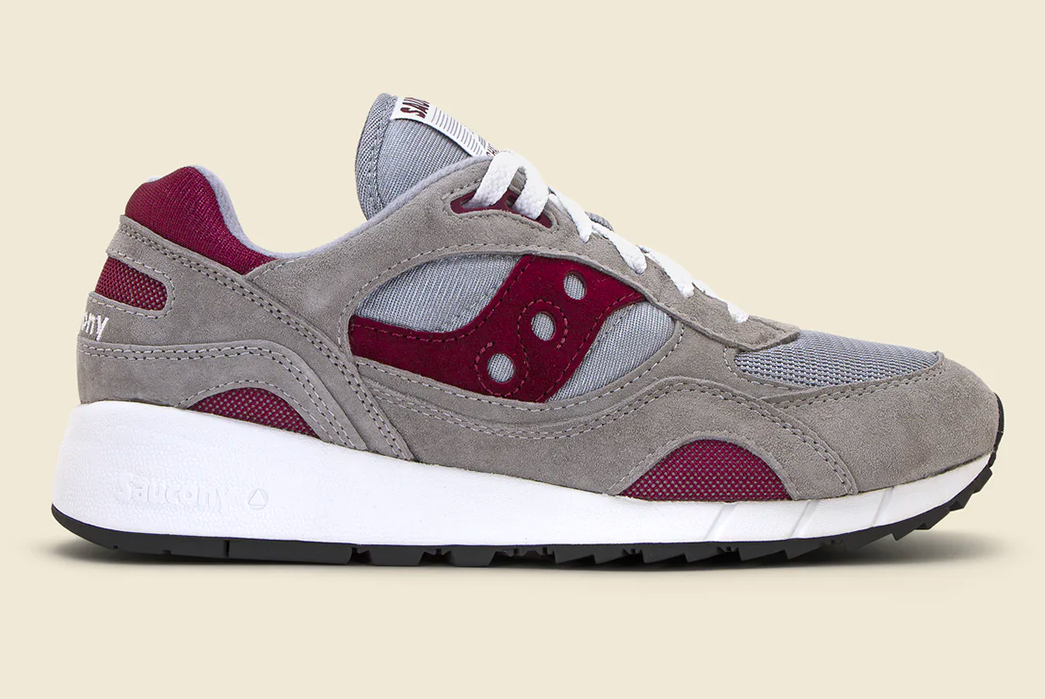
Saucony Shadow 6000 Sneaker, available for $110 from Stag Provisions
At the entry-level, you’ll be choosing between a range of mass-produced sneakers made in a country like China, Vietnam, Taiwan, or Thailand. This doesn’t always mean the quality will be awful. Sneakers in the $70-100 range will usually last you a while so long as they’re not getting saturated with mud or rain every day and you look after them.
Finding a comfortable sneaker will depend on your personal needs. Seeing a chiropodist/podiatrist is a great way to find those needs out before choosing what to invest in. If you have no issues at all and just want to dive in with something comfy, an entry-level shoe from one of the big-name brands will likely serve you well. Brands like Nike, Adidas, New Balance, Asics, etc. are longstanding brands with huge names, so they tend to play it pretty safe comfort-wise, even with their budget-friendly options.

New Balance 574, available for $84.99 from New Balance.
Another element of entry-level sneakers to consider is the quality of the upper. At this tier, you see less suede/leather and more mesh/synthetic uppers. Whilst the latter provide more breathability, they’re more prone to holes and tears, especially at this level of quality. Any suede/leather used will also be of a lower grade and susceptible to tears and holes. I worked in a sneaker store for 5 years and was always surprised at how often people’s toes would bust through what looked to be robust suede.
Makers of entry-level sneakers include:
Mid Tier ($150-300)
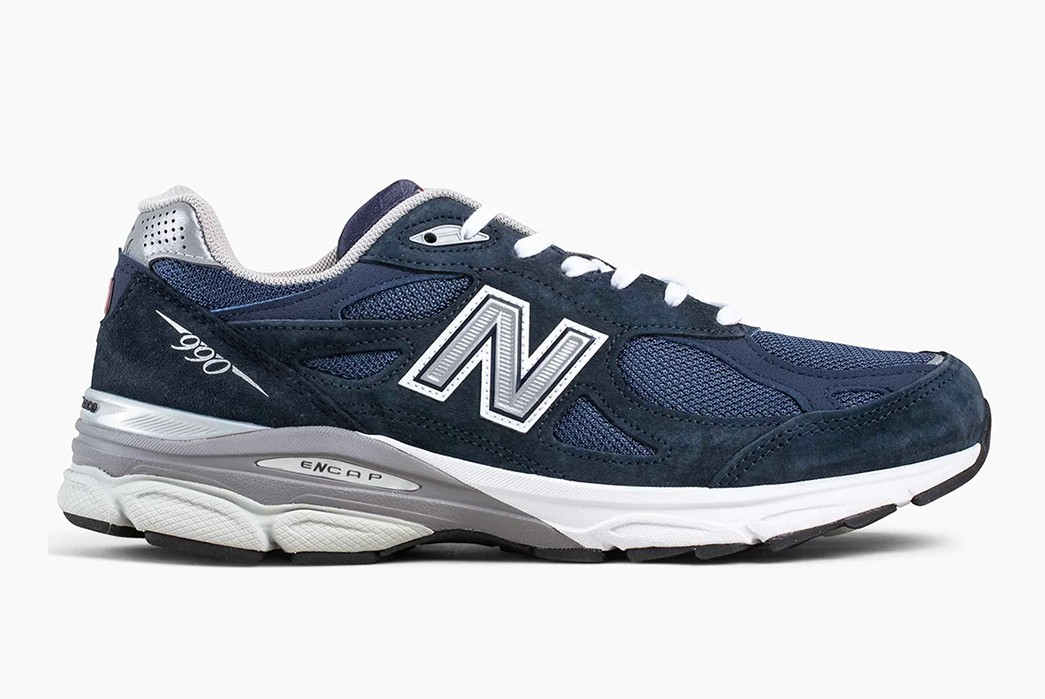
New Balance 990 V3 in Navy. Available for $189 from Lost & Found.
In the mid-tier, sneakers are still predominantly made by fusing the sole to the upper with a glue or rubber compound, meaning they are not re-craftable. However, what you’ll typically find in this tier is one or more of the following features:
- Higher quality materials on the upper
- Made in the USA, UK, or Mainland Europe
- A specialized sole unit, perhaps made by Vibram
- Exclusive or limited edition designs
- Complex or specialized designs that may include technical third-party materials like Gore-Tex or Cordura
My experience working with sneakers has shown me that, whilst production methods remain the same, running-style sneakers in this tier seem to last longer and age better than those at entry level. Take a pair of leather Made in UK or USA New Balance, for example. They’re produced in smaller quantities, have thicker leather/mesh uppers, and are often constructed with stronger sewing thread.
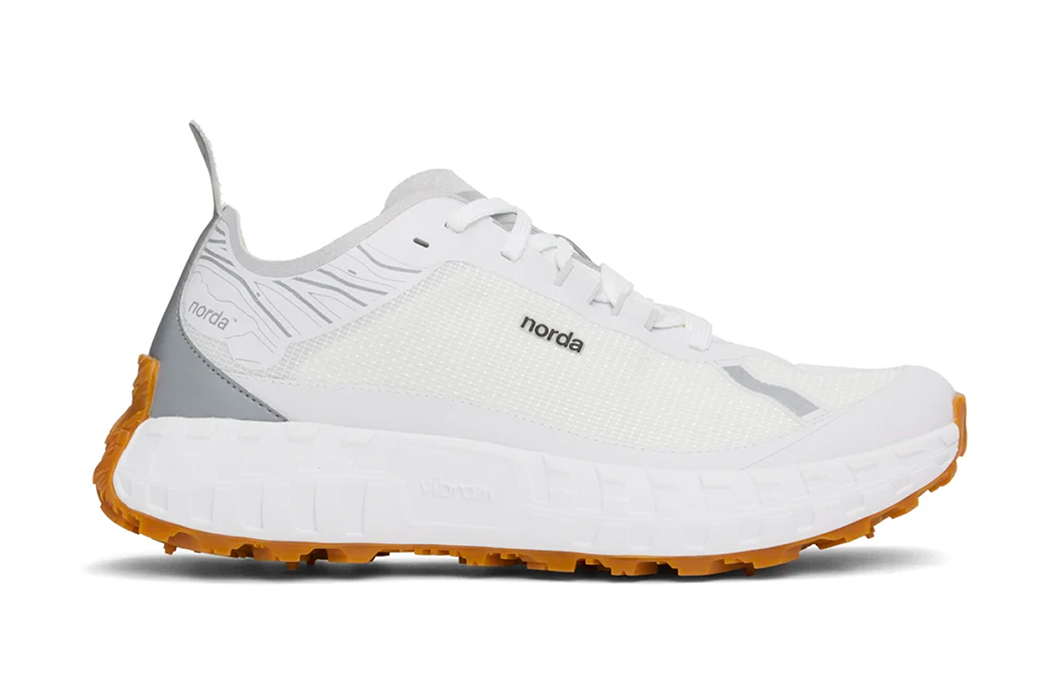
Norda 001 Trail Running Shoe – White Gum. Avaialble for $285 from Huckberry.
Nike is a bit of an awkward one when it comes to quality control. Although they make sneakers within this price range, the quality is pretty hit-and-miss and I would say that New Balance and Asics are more reliable. That said, the quality on the Air Max 1 PRM looks pretty high, but there aren’t many reviews to back that statement up. In summary, Nike is pretty inconsistent when it comes to build quality and materials. I’ve had pairs that have started to deteriorate after a few months, and I’ve had pairs that have served me well for years.
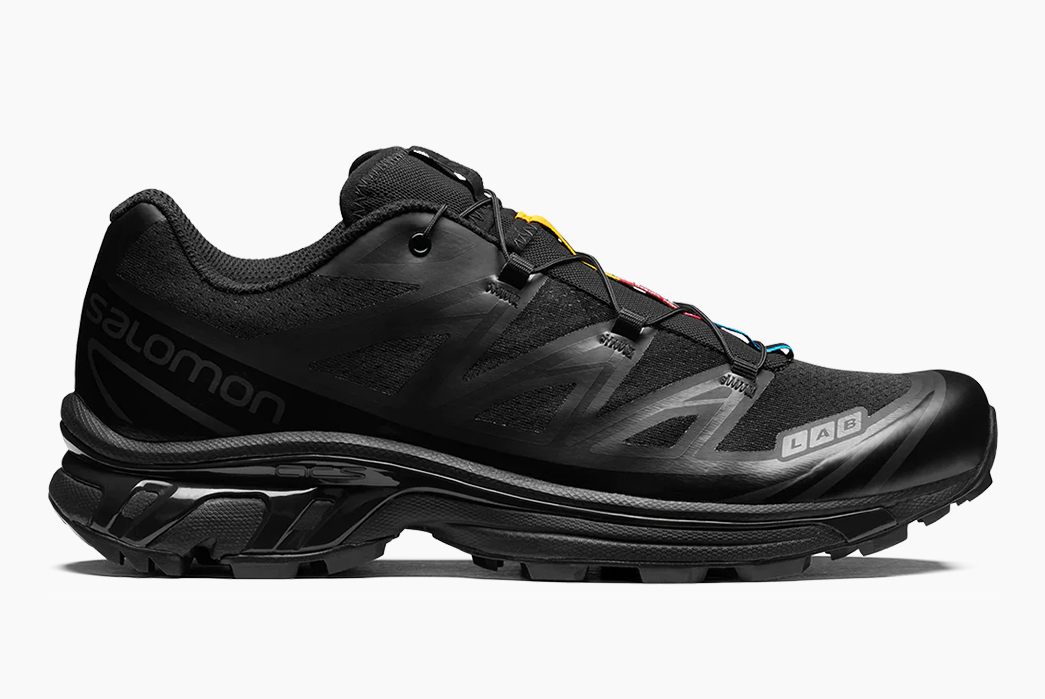
Salamon XT-6 Sneaker, available for $190 from Huckberry.
What’s key to remember about mid-tier sneakers is that, whilst in most circumstances, you will be getting a superior product that has more nuance and quality than the entry-level sneaks, they’re not re-craftable, therefore they have an expiry date.
Makers of mid-tier sneakers include:
End Tier (Typically $250+)
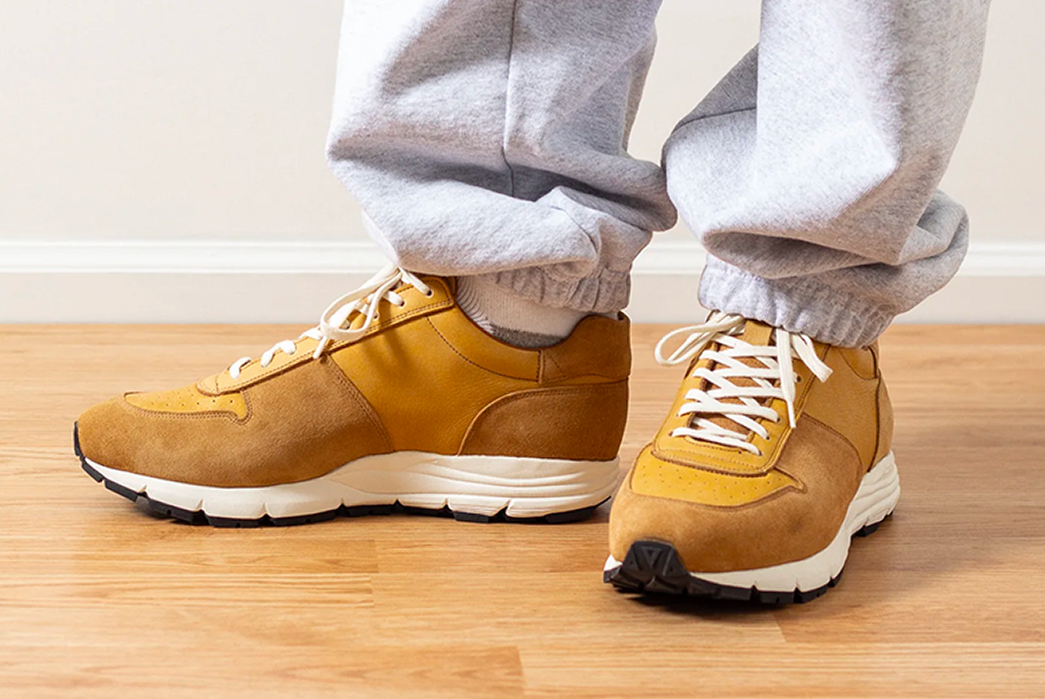
Viberg Sneaker in Janus Calfskin, available for $610 from Viberg.
When it comes to running-style sneakers, the end-tier is trickier to determine. Ideally, end-tier sneakers should be handmade with top-quality materials and attention to detail, and be re-craftable — the details we look for in welted boots and shoes. Sadly, a welt is required to achieve the re-soling element, and that’s not something that is prevalent in the running-style sneaker world at present.
This leaves you with two routes at the end-tier:
Option A is to go with something from the few makers that are making re-soleable running-style sneakers, like Viberg, Hender Scheme, or Victory Sportswear.
Option B is to seek out a running-style sneaker with the most premium materials, a robust sole unit, and high-quality build. Finding the best in class in those departments will hopefully provide the highest longevity for a glued sneaker. If you want to try and re-craft sneakers in this option, you could try to source the original sole again (especially if it’s made by Vibram) or something similar, andind a cobbler that will be willing to give a re-sole a go. If the build quality is high enough, there should be enough integrity for a cobbler to stick a new sole to the shoe with good results. Without a welt, though, you’ll still be relying on glue to keep the sole on your runners, even if a cobbler can re-sole them. This leaves option A being the standard we would like the sneaker world to reach.
When it comes to re-craftable cup-soled low-top trainers, we’re actually pretty spoilt for choice, with makers like Feit, Grant Stone, Crown Northampton, and Opie Way offering fully re-soleable sneakers made from high-quality leather. Sadly, the slimmer silhouette of running-style sneakers means that brands seem to find welts harder to incorporate. And at the time of writing, it would seem that Viberg is the brand winning the race for fully re-soleable sneaks with that runner silhouette for Option A.
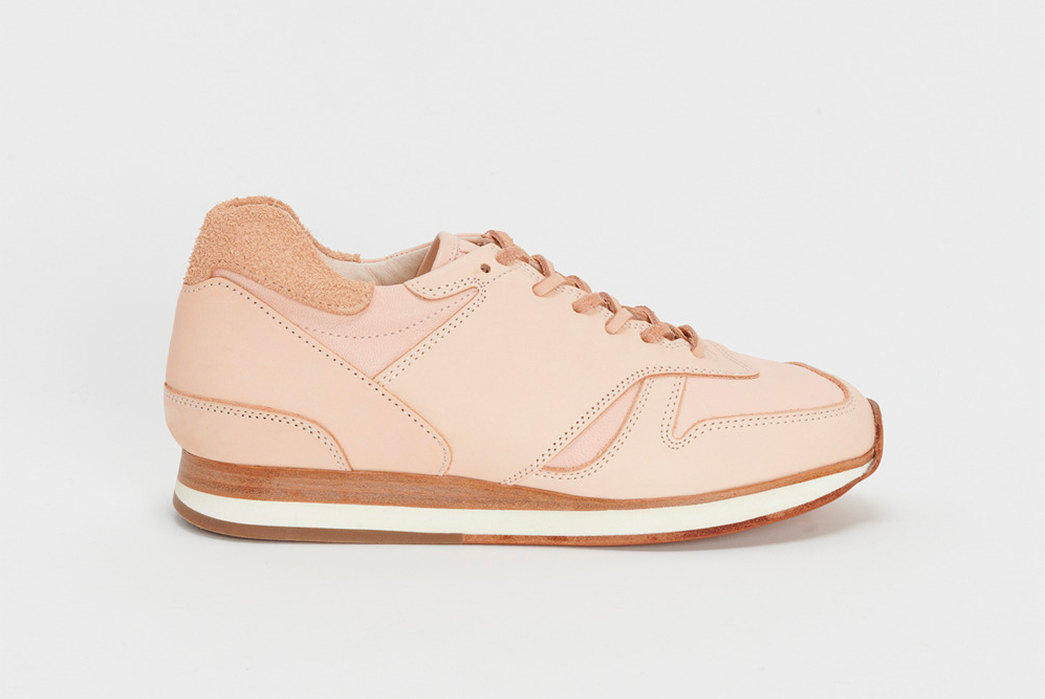
Hender Scheme Manual Industrial Products 08. Available for $670 from Hender Scheme.
Viberg’s ‘Sneaker’ is made in Canada with Goodyear-welt construction, meaning it can stand up to the brand’s boots in terms of longevity. Available in a range of top-drawer leather uppers and fitted with a Vibram sole, this is possibly the gold standard in terms of sneaker making. Hopefully, the Canadian maker adds more sneaker styles to its roster soon.
Victory Sportswear is a real darling of American-made footwear. The brand makes all of its sneakers out of its small factory in Fitchburg, MA, and actually has a rich history of sneaker-making that stretches back to the 1980s. Whilst the uppers aren’t comparable to those of say, Hender Scheme, each pair is hand lasted with replaceable EVA midsole and Vibram outsole. Yep, that means you can get any pair of Victory Sportswear sneaks re-soled if needed.

Victory Sportswear Sneakers, available for $230 from Victory Sportswear.
Option A makers include:

Berluti Brown Scritto Venezia-Leather Trainers, available for $1949 from MR. PORTER.
If you’re going with Option B and you’re trying to source a non-welted sneaker that will have a much higher chance of longevity and potentially enough structural integrity to be re-soled by a cobbler, look for the following details:
- high-quality leather uppers (preferably stating the tannery or origin country of leather) – this will help you to make a better judgment on the quality of the leather. I.e. Italian leather is generally of good quality.
- Third-party specialized fabrics like Cordura or Gore-Tex – This will show the brand’s commitment to creating a superior product. They have identified that a third party can make something better than they can, therefore have incorporated that third-party product into their design i.e. Vibram soles.
- Leather laces, insoles, and lining – Leather is much less prone to tearing or deteriorating compared to cotton, mesh, or other soft materials.
Option B makers include:
What are your go-to sneakers and which category do you believe they fit in? Sound off in the comments.

